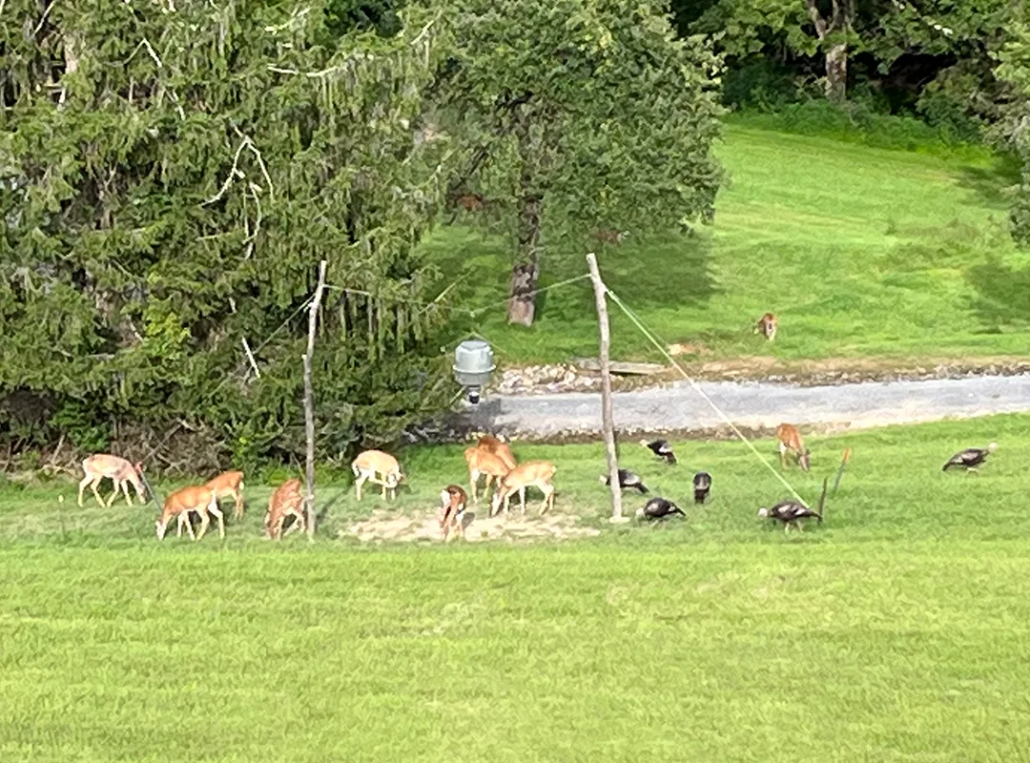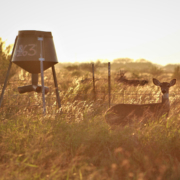The Impacts of Baiting
In recent years, the practice of baiting deer has become a topic of hot debate among wildlife conservationists and hunters alike. Baiting deer involves placing food or attractants in a specific area to lure deer in for hunting purposes. While some hunters argue that baiting is a useful tool for managing deer populations and herd numbers, the practice has significant negative impacts on wildlife and the environment as a whole.
One of the main reasons why baiting deer is bad for wildlife is because it disrupts natural feeding behaviors and patterns. Deer are opportunistic feeders, and providing them with a concentrated food source, it can lead to an over-reliance on bait sites. This can result in decreased foraging in natural habitats that often yield better nutrition. As a result, baiting can disrupt the balance of the wild ecosystem and have cascading effects on other wildlife species.
Furthermore, baiting deer can also contribute to the spread of diseases within deer populations. When deer congregate at bait sites, it increases the likelihood of disease transmission through direct contact or through contaminated food sources. Chronic wasting disease (CWD), a fatal neurological disorder affecting deer, is one such disease that can be spread through baiting practices. By concentrating deer in a small area, baiting can exacerbate the spread of diseases and have devastating effects on herd health.

Additionally, baiting deer can also have indirect impacts on the environment. Bait sites are often contaminated with toxins such as deoxynivalenol (DON) due to moisture buildup. Feed mills battle a variety of toxins in corn even in a climate-controlled environment, let alone corn that sits in the weather or a feeder for weeks at a time. These toxins are known to cause health problems in all kinds of wildlife from small mammals to deer but especially affecting birds such as turkeys, grouse, and songbirds. Vomitoxin in particular is known to cause infertility in turkeys and can even cause death. Not only does this disrupt natural ecosystems, but it can also have negative implications for agricultural crops and other human-wildlife interactions.
In conclusion, the practice of baiting deer is detrimental to wildlife and the environment at large. By disrupting natural feeding behaviors, spreading diseases, and impacting other wildlife species, baiting can have long-lasting effects on ecosystems. It is important for hunters and wildlife enthusiasts to consider the broader impacts of their actions and prioritize sustainable and ethical hunting practices that promote wildlife conservation and biodiversity.

